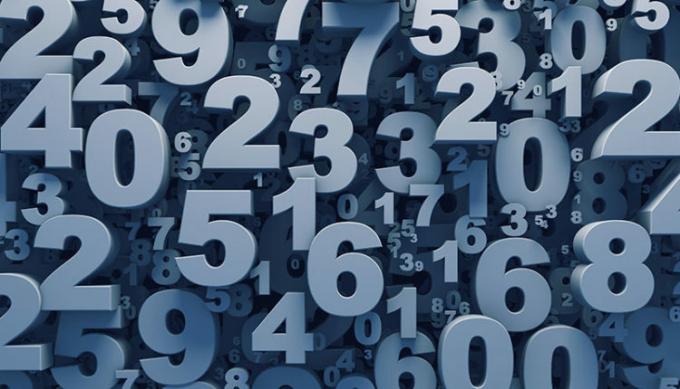For years, history books have praised the achievements of European and American pioneers. Many names are etched in the memories of anyone who has gone through an elementary-level history class.
While these historical luminaries are to be commended, the accounts of their lives are not always historically accurate.
In this lesson plan about historical facts, students will work over a few days to research the true stories behind famous figures. Then they will write a newspaper article about what they learned.
Lesson Plan on Historical Facts
THEME: Rewriting historical facts
SUGGESTED YEAR: Elementary School
SUGGESTED DURATION: 3 or 4 lessons of 45 to 50 minutes each
GOALS:
- Learn about widely accepted inaccuracies in the history of world historical figures;
- Get a better understanding of the achievements of famous historical figures;
- Explore the reasons why some individuals seem relatively forgotten, despite achievements greater than those of their more famous counterparts.
MATERIALSREQUIRED:
- Computer(s) with word processing capability and Internet access;
- Access to students or school staff to conduct a brief investigation;
- Templates to help students plan and write journal articles.
DEVELOPMENT:
Class 1
On the first day, in groups or individually, students begin by conducting additional research to discover the true circumstances surrounding a particular historical achievement.
- Free Online Inclusive Education Course
- Free Online Toy Library and Learning Course
- Free Online Math Games Course in Early Childhood Education
- Free Online Pedagogical Cultural Workshops Course
They must find out who, if anyone, actually accomplished the feat, and why the accomplishment has been misreported for many years.
Students can interview peers, teachers and school staff, older or younger, thus they will be able to assess the extent to which the school community believes in historical inaccuracies identified.
In terms of surveys, students can write multiple choice questions. Alternatively, they can ask challenging questions, such as: “The first person to successfully fly a plane through the Atlantic Ocean was _______________".
Students must select a representative sample of people to survey and calculate results. The names of research participants must be kept confidential.
Class 2
On the second day, based on their surveys and the results of the questionnaires, students can write a news story about their findings, using the “evidence” they discovered, as well as research data (if collected) to support the idea and angle of the story.
Students must identify “who, what, when, where and why” a certain event happened.
In addition, students should receive brief instructions on how to cite research sources and individuals. These techniques are known as the “inverted pyramid” writing method.
Class 3
On day 3, after students write their news, including a follow-up headline, they can present their news to the class.
ASSESSMENT:
Evaluate each student at every step. Analyze the dedication in the production of research materials, in the interviews and annotations of the results. Check whether assertive conclusions have been reached.
At the time of the final presentation, carry out brief discussions about the subjects covered by each group.
See too:
- History lesson plan – Christ the Redeemer
- Women's Day Class Plan – Kindergarten and Elementary School I
- 20 Lesson Plan Templates for Early Childhood Education
The password has been sent to your email.

